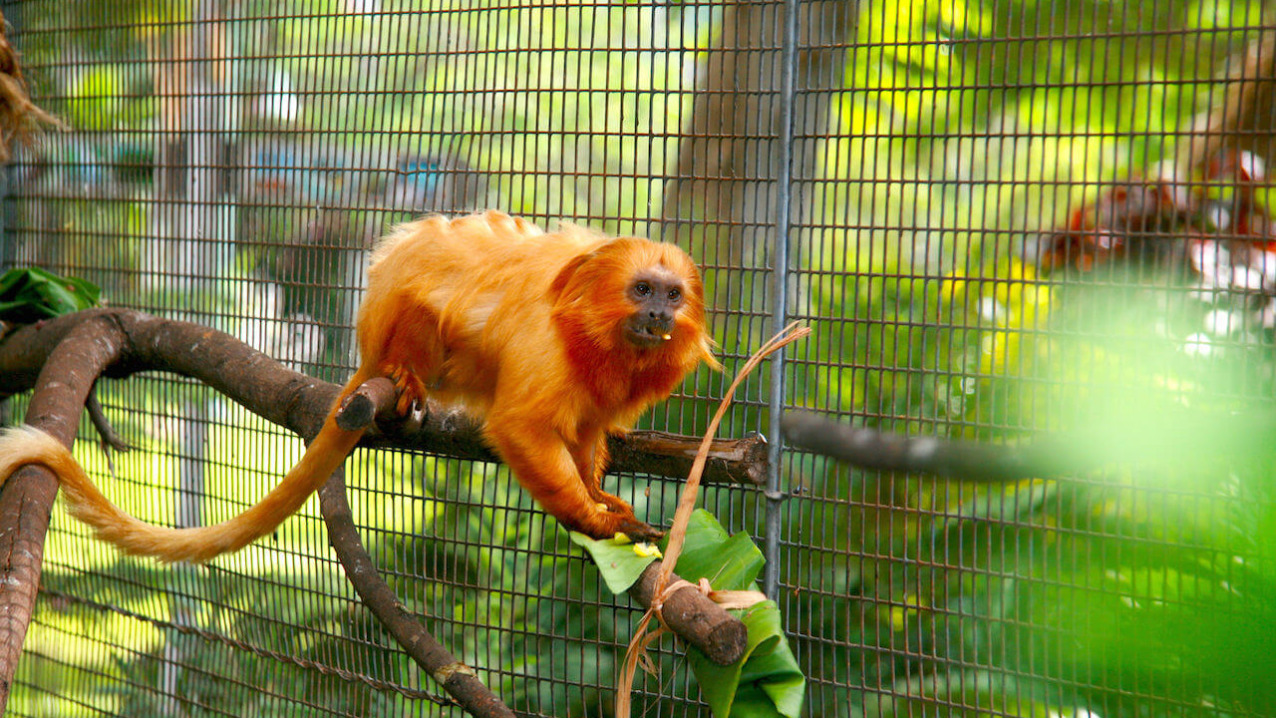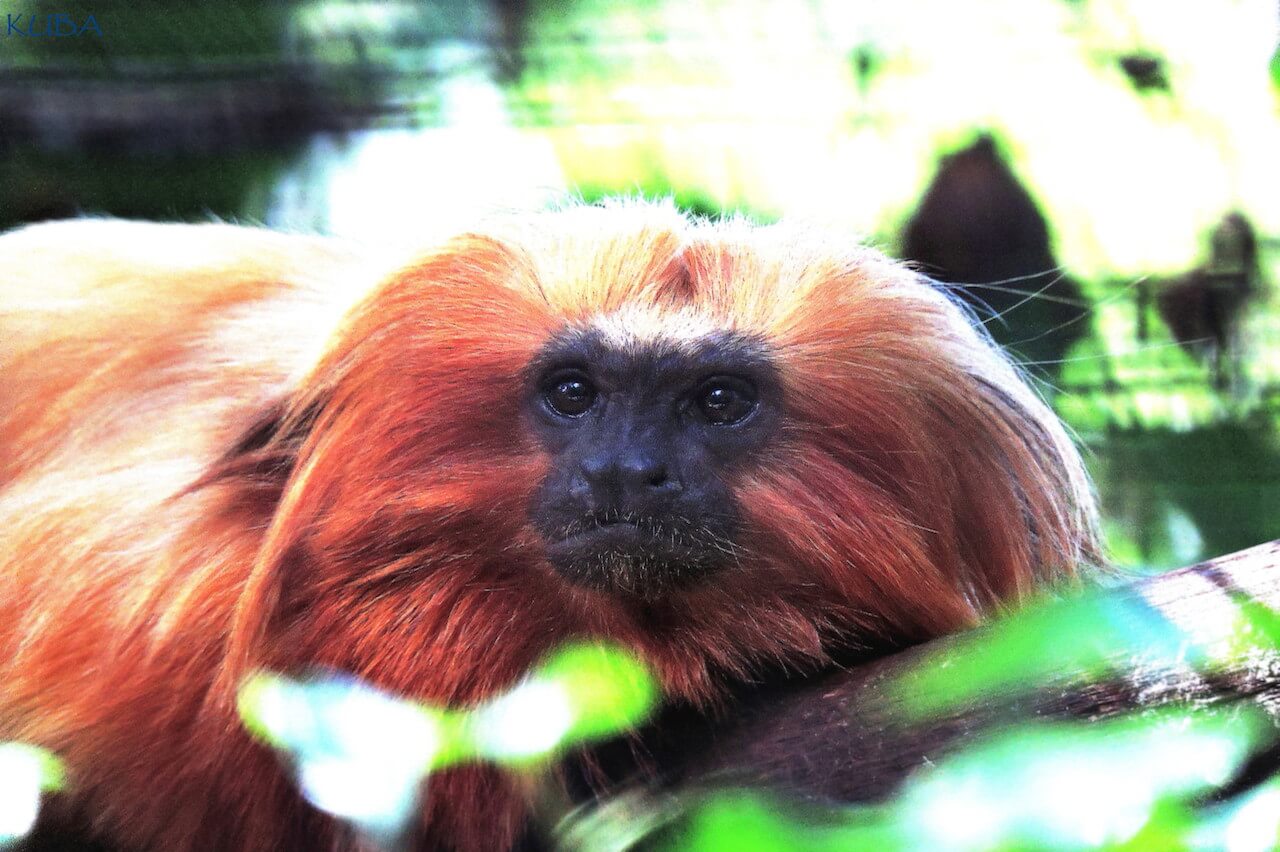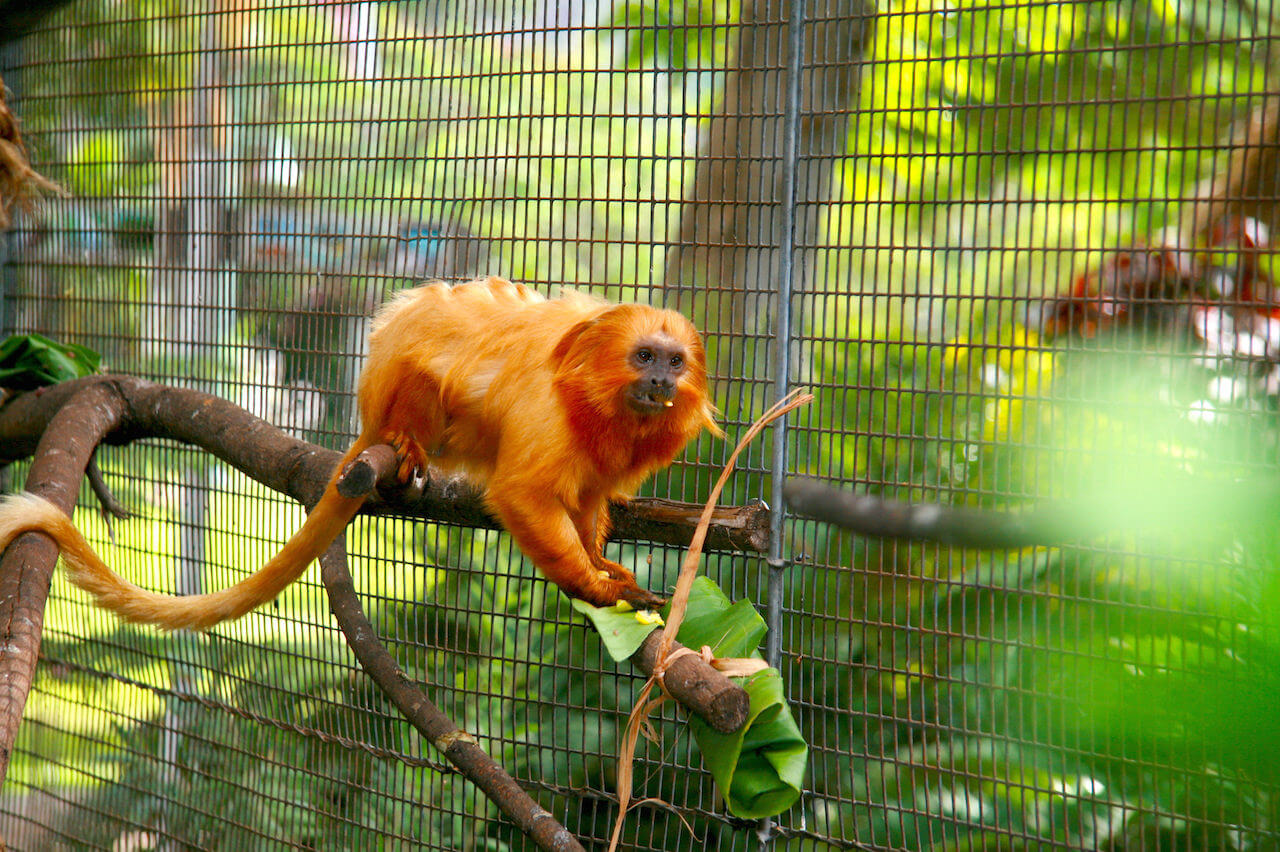callithricidae leontopithecus rosalia
Golden Lion Tamarin
About Me
Scientific Name: Callithricidae leontopithecus rosalia
Description
The Golden lion tamarin lives primarily in the tropical rain forests of Brazil. They once roamed the vast forest that stretched from the Atlantic coast to the inland mountain range of Serra do Mar. These primates are arboreal and prefer dense, primary forests. They are highly adapted to their environment, which is one of the reasons for concern: fully 99% of the primary forests they need to survive has been cut down for agriculture and housing construction.
Fun Facts
- Golden lion tamarins are social and groups typically consist of 2-8 members.
- The Golden lion tamarin is a very active and vocal little primate.
- Kingdom: Animalia
- Phylum: Chordata
- Class: Mammalia
- Order: Primates
The Jesuit Pigefetta, chronicler of the voyage of the Magellan, first described the Golden lion tamarin to the European world. He described them as “beautiful simian-like cats similar to a small lion.” Adults weight only 24 ounces and are 24 inches long, half of which is tail. They have long nimble fingers with non-opposable thumbs, and are monomorphic (the sexes look alike).
The Golden lion tamarin lives primarily in the tropical rain forests of Brazil. They once roamed the vast forest that stretched from the Atlantic coast to the inland mountain range of Serra do Mar. These primates are arboreal and prefer dense, primary forests. They are highly adapted to their environment, which is one of the reasons for concern: fully 99% of the primary forests they need to survive has been cut down for agriculture and housing construction.
During the day the Golden lion tamarins roam their territory looking for food. They are especially fond of the small invertebrates that live their lives in pools of rainwater collected in bromeliad cups in the upper forest canopy. Their territory boundaries are marked using scent glands located on the chest and genital areas. As evening falls the tamarins return to their nest, a hole in a hollow tree that they usually line with body fur. The entrance to the nest is too small for most nocturnal predators of the region.
The Golden lion tamarin is a very active and vocal little primate. However, except for squeals of alarm when threatened by superiors, all of the vocalizations are soft, faint calls. This is believed to be an adaptation for avoiding the attention of their main predators: eagles and hawks.
In the zoo, tamarins are housed behind glass to protect them from exposure to human respiratory and other diseases to which they are susceptible.
They feed mostly on sweet, pulpy fruits, insects and some small lizards. In the Zoo they are fed nuts, fruits, and monkey chow.
The peak mating season is April and May. This usually results in twins being born around August or September, which coincides with the beginning of the rainy season (captive animals often lose “sexual seasonality” and produce more than one litter per year).
The adults are monogamous and share in the care of their young. After the third week, the young are carried almost exclusively by the male parent, leaving only to nurse and, sometimes to be cared for by an older sibling. The young are weaned at 5-6 weeks. The males reach sexual maturity at 18 months; the females, not until 24 months.
Upon reaching sexual maturity, the young are driven away from the family territory by the same sexed parent. It has been reported that females are especially intolerant of their daughters and physical attacks resulting in bodily harm are reportedly not uncommon. The now mature young must then go and find a mate and territory of their own.
.
Name Sex DOB
Spacey M 1999
Chorito M 1999
Other Mammals

Sacred Baboons are common throughout northeastern Africa, but are extinct in the Nile region and Egypt, where they originally received their name and were worshiped by the ancient Egyptians.
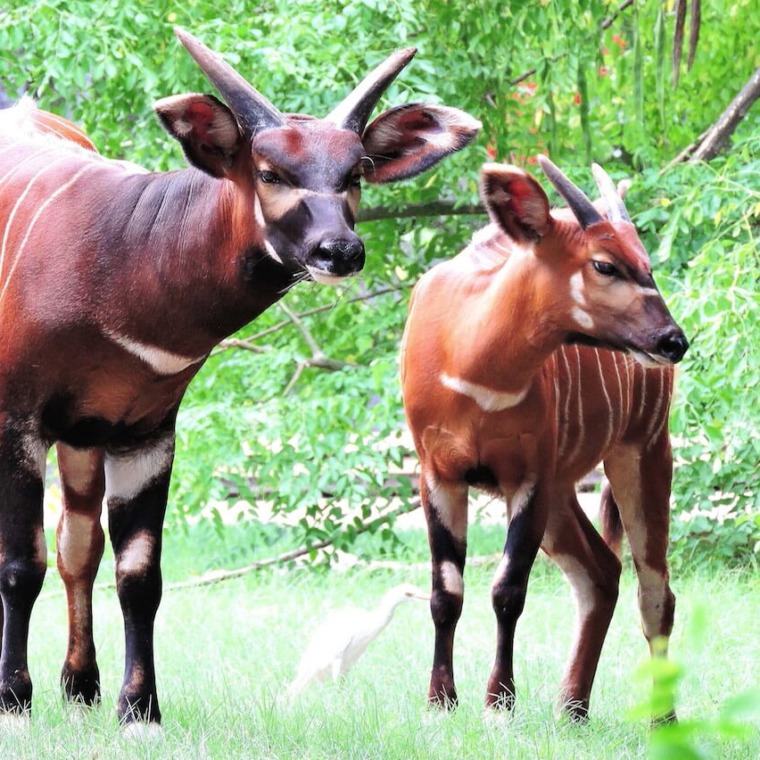
Bongo are most active at dawn and dusk, and often forage near the edges of wooded areas. They normally shy in the wild and flee into the forest for cover at the slightest provocation.
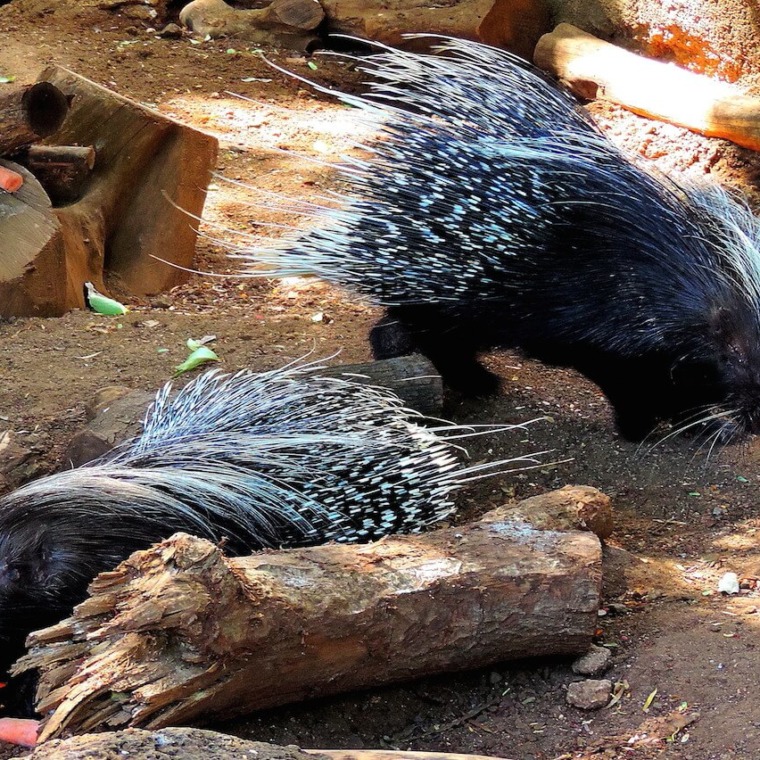
The North African crested porcupine is nocturnal. They are very adaptable and can be found in forests, on plantations, in rocky or mountainous areas as well as in deserts.
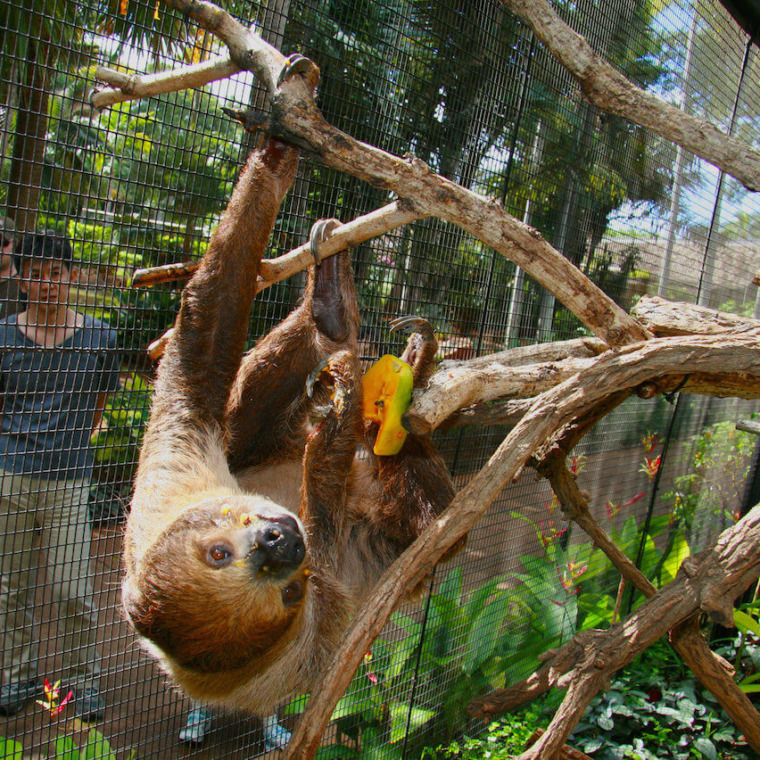
Sloths are found in Central and South America in the rain forest canopy. The Linne’s two-toed sloth is found in such countries as Nicaragua, Columbia, Venezuela, Surinam, Guyana, French Guiana, North Central Brazil, and Northern Peru.
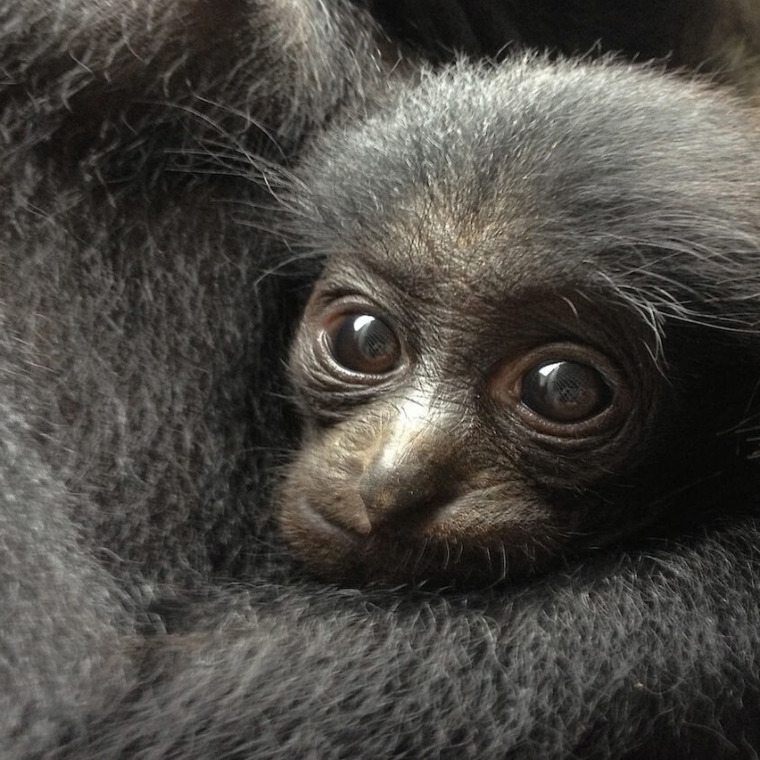
Siamangs range through southeastern Asia and are found in some numbers in the Malay Peninsula and Sumatra.


